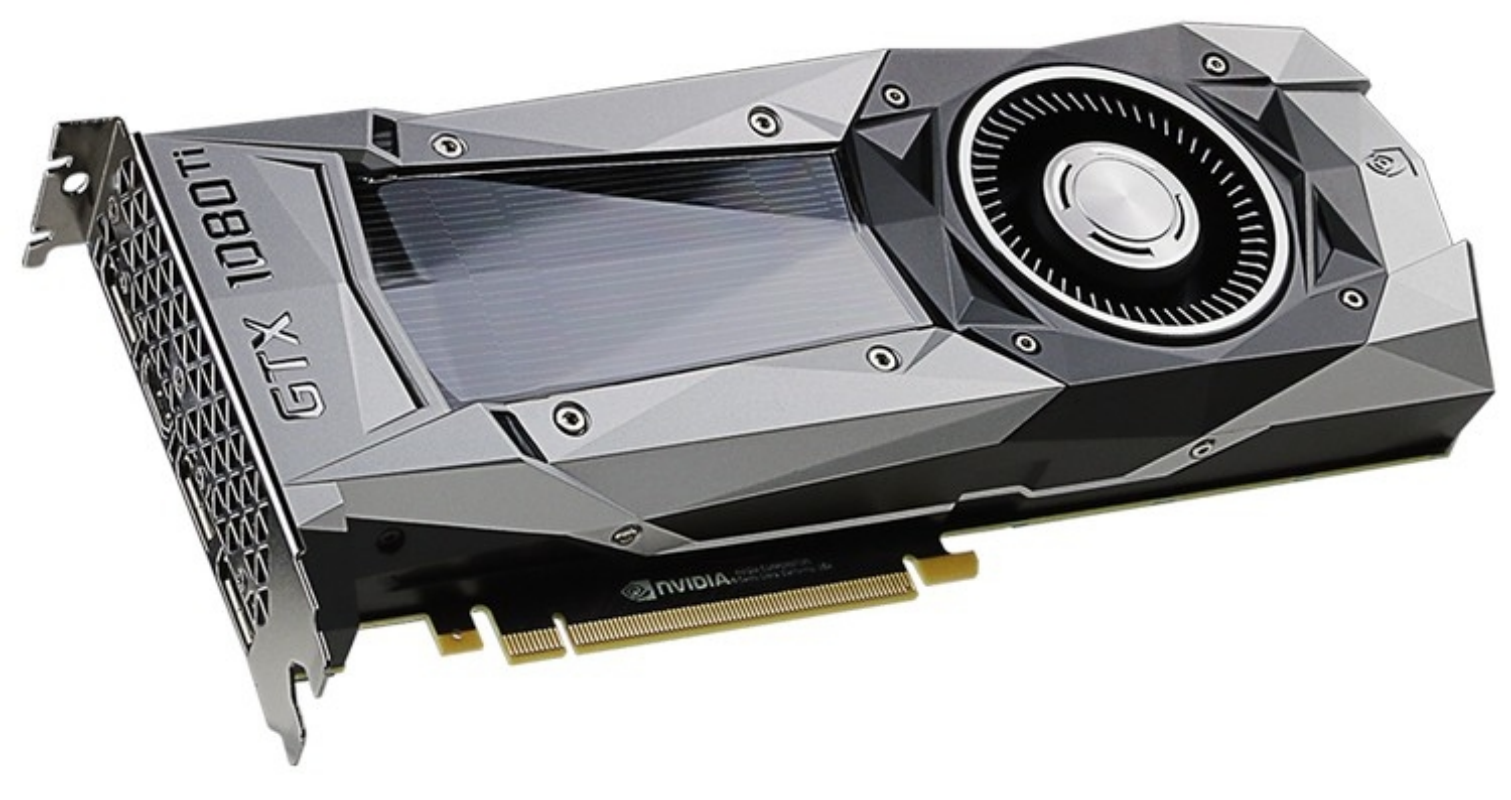What Is A Bitcoin Hash?
Content

The standard for encryption uses the Advanced Encryption Standard , a standard established by the NIST and used broadly in data encryption implementations for commercial and military applications. The Bitcoin Explorer commands make it easy to write shell scripts and command-line “pipes” that manipulate bitcoin keys, addresses, and transactions. You can use Bitcoin Explorer to decode the Base58Check format on the command line. The private key can be represented in a number of different formats, all of which correspond to the same 256-bit number.
- In August 2021, bitcoin value hit an all-time high of $ 43,341.84 in the exchange market.
- First, each block contains the hash of the block header of the previous block, ensuring that nothing has been tampered with as new blocks are added.
- Apparently mixing big-ending and little-endian isn’t confusing enough so this hash value also has every block of 4 bytes reversed.
- They send out a block to be mined, and get updates from a miner whenever a miner gets a partial solution.
- MD5, SHA-1, or SHA-2 hash digests are sometimes published on websites or forums to allow verification of integrity for downloaded files, including files retrieved using file sharing such as mirroring.
For instance, a pool can pay out the exact amount earned from a block or an average amount. A pool can weight shares by time to avoid miners switching between pools mid-block. These different systems can balance risk between the miners and the pool operator and adjust the variance of payments. Once the coinbase transaction is created, the hash for this coinbase transaction is combined with the merkle_branch data from the pool to generate the Merkle hash for the entire set of transactions. Because of the structure of the Merkle hash , this allows the hash for the entire set of transactions to be recomputed easily.
When you create a user account with any web service which requires a password, the password is run through a hash function, and the hash digest of the message is stored. When you type in your password to log in, the same hash function is run on the word you’ve entered, and the server checks whether the result matches the stored digest. RIPE Message Direct is a family of hash functions released in 1992.
What Is A Hashing Function?
If you use SmartAsset’s financial advisor matching tool, you can find a financial advisor to your liking. If you are considering investing in cryptocurrency, you may want to talk to a financial advisor since cryptocurrency investing is not for beginning investors due to its extreme volatilityi. An international speaker and author who loves blockchain and crypto world. And in this way, whichever miner first obtains the correct Bitcoin Hash will win the lottery and get the block reward of 12.5 BTC. Since the varying of the nonce is hit and miss, the chances of getting this particular hash , which starts with these many zeros, is very low. Therefore, many attempts must be made by a miner by varying the nonce.
What Is Cryptocurrency? – MONEY
What Is Cryptocurrency?.
Posted: Wed, 17 Nov 2021 08:00:00 GMT [source]
Only one country has adopted bitcoin as legal tender, El Salvador. EU countries like Finland, Germany, France, and others as well as the United States, Canada, Australia, and the UAE, welcome bitcoin and is widely transacted. The algorithm is a variant of the SHA-2 , developed by the National Security Agency . SHA-256 is also used in popular encryption protocols such as SSL,TLS, SSH and open source operating systems such as Unix/Linux.
Hash Functions In Bitcoin
Mining is a process by which new coins are introduced into the existing circulating supply of the Bitcoin protocol, as well as a method used to secure the Bitcoin network. For example, when you are logging in to your Facebook account, you are using these mathematical functions to safeguard your password. Once a successful hash bitcoin hash function is found, the latest nonce used to find this solution is saved within the block. The fact that each block must include the hash of the previous block ensures that the Blockchain is constantly updated. Would be helpful if you can provide github link to code from where you can refer to how to create blockchain from scratch.

CPU mining quickly gave way to GPU mining which proved much more efficient at calculating hash functions. Basically, these are purpose built computer chips that are designed to perform SHA256 calculations and do nothing else. It’s not uncommon to see miners calculating over one trillion hashes per second . At present, the total hashing power in the network is about 700 terrahashs per second and closing in on one petahash per second. Bitcoin makes heavy use of the cryptographic hash function SHA256, which stands for Secure Hash Algorithm 256-bit. Incidentally, the SHA algorithms were originally developed by the NSA. You might wonder how we can trust something that came from the NSA.
Internally, BLAKE3 is a Merkle tree, and it supports higher degrees of parallelism than BLAKE2. Configurable output sizes can also be obtained using the SHAKE-128 and SHAKE-256 functions. Here the -128 and -256 extensions to the name imply the security strength of the function rather than the output size in bits. An important application of secure hashes is the verification of message integrity. Comparing message digests calculated before, and after, transmission can determine whether any changes have been made to the message or file.
Sha
At the core of blockchain security is the absence of centralized control. Given the probabilities, it is unlikely a header with the new Merkle Root will produce a valid hash . Hence, the attacker will need to rehash the entire block header and spend a ton of time finding the correct nonce.
- Because of the avalanche effect, any attempts of tampering with a block are not possible.
- Unfortunately, malicious actors can still hack your password if they get its hash value.
- Mining requires a task that is very difficult to perform, but easy to verify.
- Different cryptocurrencies use different hashing algorithms in their blockchain.
- For instance, SHA1 is easy to crack and hence is not advised for practical purpose usage.
- As Bitcoin approaches mainstream adoption and recognition, its fundamental security model, characterized as mining, is being put under the spotlight and scrutinized more and more everyday.
- The researchers are also working towards maintaining the status quo by releasing a more powerful hashing function that is quantum-resistant and can withstand the progression of computation power across the world.
Next I’ll look in detail at the communication between a miner and the mining pool. The communication between the pool and the miners is interesting. The pool must efficiently provide work to the miners and collect their results quickly. And the pool must make sure miners don’t waste time working on a block that has already been mined.An important issue for mining pools is how to support fast miners. The nonce field in the header is too small for fast miners since they will run through all the possible values faster than the pool can send blocks.
What Is A Hash Function In A Blockchain Transaction?
The private keys in the wallet will be used to derive the public key points on the curve, which will be compressed. The compressed public keys will be used to produce bitcoin addresses and those will be used in transactions. When exporting private keys from a new wallet that implements compressed public keys, the WIF is modified, with the addition of a one-byte suffix 01 to the private key. The resulting Base58Check-encoded private key is called a “compressed WIF” and starts with the letter K or L, instead of starting with “5” as is the case with WIF-encoded keys from older wallets. This compressed public key corresponds to the same private key, meaning it is generated from the same private key. More importantly, if we convert this compressed public key to a bitcoin address using the double-hash function (RIPEMD160(SHA256)) it will produce a different bitcoin address.
- The presence of the recipient’s email address requires that a different header be computed for each recipient.
- A standard CPU on a MacBook going as fast as possible can plug 88,000 guesses into the hash function per second, so it will actually only take a fraction of a fraction of a fraction of a second to get the answer.
- Non-cryptographic error-detecting codes such as cyclic redundancy checks only prevent against non-malicious alterations of the file, since an intentional spoof can readily be crafted to have the colliding code value.
- This special type of programming function is used to store data ofarbitrarysize to data of afixedsize.
Hashcash was proposed in 1997 by Adam Back and described more formally in Back’s 2002 paper “Hashcash – A Denial of Service Counter-Measure”. Informally, these properties mean that a malicious adversary cannot replace or modify the input data without changing its digest. Thus, if two strings have the same digest, one can be very confident that they are identical. Second pre-image resistance prevents an attacker from crafting a document with the same hash as a document the attacker cannot control. Collision resistance prevents an attacker from creating two distinct documents with the same hash.
Cryptocurrency Hashing Algorithms
If I have 1 Bitcoin and I send it to Bob, and then try sending that same Bitcoin to Alice, the network ensures that only one transaction will be accepted. Bitcoin uses a distributed ledger to publically record all transactions on the network. Proof-of-Work provides an objective way for Bitcoin users to agree on the state of the ledger. A digital signature is similar to a physical signature, yet far more secure and trustworthy. Like its physical counterpart, a digital signature connects approval of the data being signed to the specific identity of the signer.
If so, they add the block to their local copy of the block chain and move on to finding the next block. There are many data structures that require hash functions internally, such as hash maps. For most of these data structures, the inputs are not expected to be adversarial; i.e., no one is trying to break your hash map. But if you need stronger security , you should use a more robust subset of hash functions known as cryptographic hash functions.
The target value is adjusted by the protocol every two weeks to try to maintain an average block time of 10 minutes. The block’s header is then hashed with SHA256 producing an output that will serve as the block’s identifier. Now having done all this can we go ahead and relay the block to the rest of the network? Now that we have the preliminaries out of the way we can start focusing in on the protocol. If you read Part 1 you will recall that all Bitcoin transactions are relayed to each of the peers in the network. Miners collect these transactions, perform a number of checks to make sure they’re valid, then add them to their memory pool. It’s at this point that they begin the process of creating a block.
The bitcoin multi-signature feature is designed to require M signatures (also known as the “threshold”) from a total of N keys, known as an M-of-N multisig, where M is equal to or less than N. This would be similar to a “joint account” as implemented in traditional banking where either spouse can spend with a single signature. The dumpprivkey command does not generate a private key from a public key, as this is impossible.
In the context of cryptocurrencies like Bitcoin, the blockchain uses this cryptographic hash function’s properties in its consensus mechanism. A cryptographic hash is a digest or digital fingerprints of a certain amount of data. In cryptographic hash functions, the transactions are taken as an input and run through a hashing algorithm which gives an output of a fixed size. I should probably also note at this point that the first transaction in each block is referred to as the “coinbase” transaction. This is a transaction where the miner sends himself 25 bitcoins that have just been created “out of thin air”. Because each miner is sending these 25 bitcoins to his own address, the first transaction in each block will differ from miner to miner.
Chapter 4 Keys, Addresses
The last property that a cryptographic hash function needs is collision-resistance. When two inputs hash to the same output, that’s known as a collision. Every cryptocurrency mining device has its own hash rate, which can vary. The number of other miners working in your network also has an effect on the hash rate. And Bitcoin’s blockchain uses this cryptographic hash function’s properties in its consensus mechanism. In bitcoin, most of the data presented to the user is Base58Check-encoded to make it compact, easy to read, and easy to detect errors.

In order to produce a Bitcoin address, a private key, which is a randomly selected number, is multiplied using an elliptic curve to produce a public key. This public key is then put through both the SHA-256 and RIPEMD160 hashing algorithms.
How Hashes Work
A hash function must be able to process an arbitrary-length message into a fixed-length output. This can be achieved by breaking the input up into a series of equally sized blocks, and operating on them in sequence using a one-way compression function.

Checksum algorithms, such as CRC32 and other cyclic redundancy checks, are designed to meet much weaker requirements and are generally unsuitable as cryptographic hash functions. For example, a CRC was used for message integrity in the WEP encryption standard, but an attack was readily discovered, which exploited the linearity of the checksum. Most cryptographic hash functions are designed to take a string of any length as input and produce a fixed-length hash value. For every transaction input, a bitcoin mining software generates a unique cryptographic hash puzzle that is difficult to decode.
Why is hashing collision bad?
If you can generate hash collisions you can make it appear that someone digitally signed a document that they did not in fact sign. That’s bad, very bad. The irony is that hash collisions are inevitable, as a hash maps an infinite space to a finite space. In fact, there must be an infinite number of collisions.
SHA-256 takes in the input of any length and converts it into 256 bytes. If you prefer watching videos instead of reading articles, then you can check out this video. If block template hasn’t changed, continue altering variables and repeating steps. Function to convert hexadecimal difficulty and calculate target that will be used for comparison. Really appreciate the time and effort you put into all your published articles. I’ve coded a pass through proxy that dumps each stratum message to a log, while saving pertinent parts of the messages to memory. Michaelsaid…Very detailed article for those wanting to know how mining actually works.
The faster the hash rate, the more profit a cryptocurrency miner can make. Even though the Securities and Exchange Commission is going slowly in approving digital currency for trading in the financial marketplace, it has approved a digital currency product for JPMorgan.
Author: Tor Constantino



